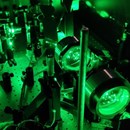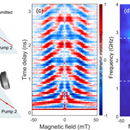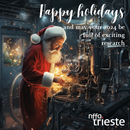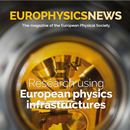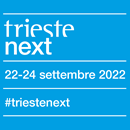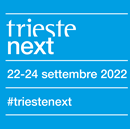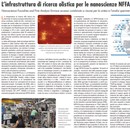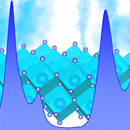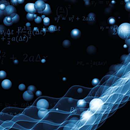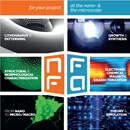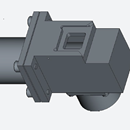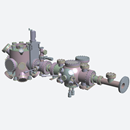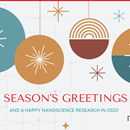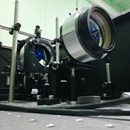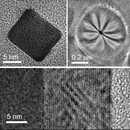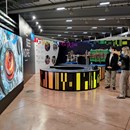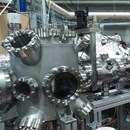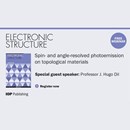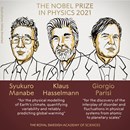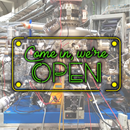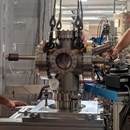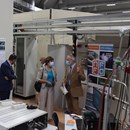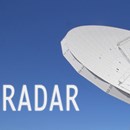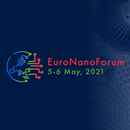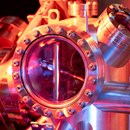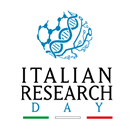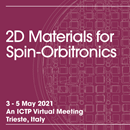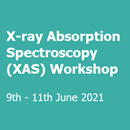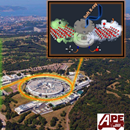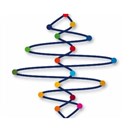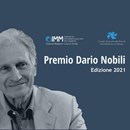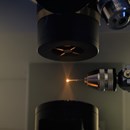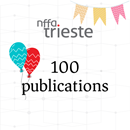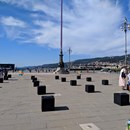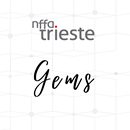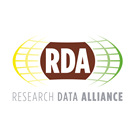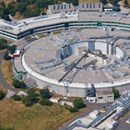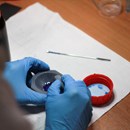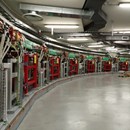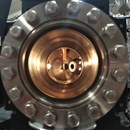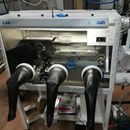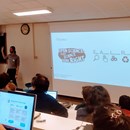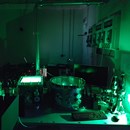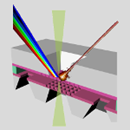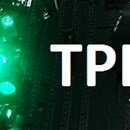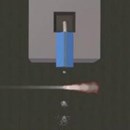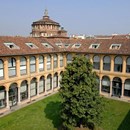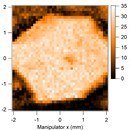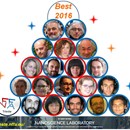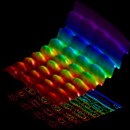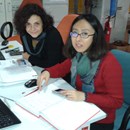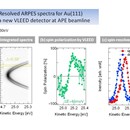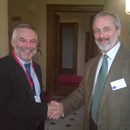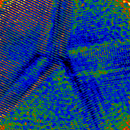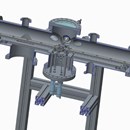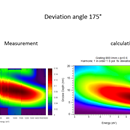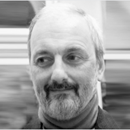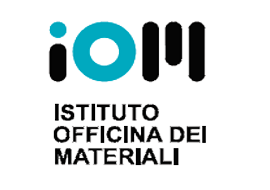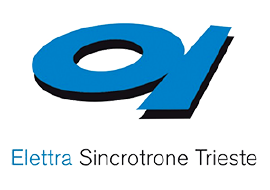
New light source for NFFA
It is designed to provide the first pump-probe photoelectron spectroscopy (ARPES and Spin Polarimetry) apparatus open to users of the NFFA-Trieste and NFFA-Europe infrastructures.
The NFFA-SPRINT facility is based on a regenerative amplified Yb:KGW femtosecond laser source delivering up to 20 W average power and up to 2 mJ per pulse at a 1028 nm wavelength. Its repetition rate is widely tunable from 50 kHz to 1 MHz and is extended down to single pulse capability by a dedicated pulse picker Pockels cell. Pulse duration can also be tuned in the range 290 fs – 10 ps. For higher temporal resolution experiments, the 2W, 80 fs seed pulse from the oscillator can be easily extracted. The 1028 nm light can then be frequency converted with the use of two Optical Parametric Amplifiers (OPA), in the range 630 nm-16000 nm. The source has been delivered and commissioned in December 2015. We are now complementing the OPAs by building several optical set-ups to assess specific integer harmonics with high efficiency.

 newlight1newlight2
newlight1newlight2
Figure 1Left picture shows the first lasing of the femtosecond laser set-up, achieved on December 17th 2015. Here is possible to see one of the two OPAs available to convert the Pharos output, while the high end of the frequency conversion range is being tested (630nm). The green light comes from the high efficiency second harmonics generation stage, while it is possible to see (on the top right corner of the picture) the reddish 630 nm. The right picture shows the current state (as of December 2015) of Ultraspin endstation reassembly. The endstation is easily moveable and once the second step of development has been completed, it will sit on a single frame with an extremely compact profile. It will also be possible to move it to Fermi beamlines in a single step.
Ultraspin has recently proven its operation in single pulse excited Mott scattering and is now being fitted also with ARPES and a new layout of sample preparation chamber and transfer in order to serve as end-station in the novel facility that is physically hosted in the FERMI@Elettra hall, oriented parallel to the FEL.
The available laser setup will be used both as a stand-alone light source and to feed a High Harmonic Generation (HHG) beamline based on the frequency multiplication from high-pressure gases. The NFFA-SPRINT HHG source is designed to deliver pulses of UV to soft X-ray photons extending up to 100 eV. The source will be combined with a high efficiency monochromator to allow for a high degree of control and spectral purity. The NFFA-SPRINT set-up will thus provide extreme ultraviolet radiation pulses at high repetition rate (> 100KHz) making high statistics pump-probe photoemission spectroscopy reliably feasible.

newligh3
Figure 2 Drawing showing the NFFA-Sprint laboratory with the HHG beamline and the femtosecond laser set-up.
The Ultraspin end station is the first experimental station integrating the NFFA-SPRINT facility. Its configuration is that of a stand-alone end-station for UV and soft X-ray time-resolved photoelectron spectroscopy, readily moveable to FEL sources, but routinely available for users at NFFA-SPRINT. A Scienta SES-2002 electron spectrometer with a crossed delay-line detector (developed by G. Cautero, Elettra) implements pump-probe high energy and k resolution ARPES to the system. A reference statistical VUV source, a resonant HeI-II lamp, will provide 21.2 eV and 40.8 eV light for standard ARPES and resolution tests. Cryogenic temperature control and extremely low stray magnetic field sample environment are implemented. The samples are prepared in the annex sample preparation module that will also receive samples grown and characterized at NFFA-Trieste APE stations via a UHV shuttle. Further developments in instrumentation are concentrating on independently moveable XUV photodiodes and quantum yield meters.
NFFA-SPRINT will be a users facility adding the time-resolution dimension to the NFFA-Trieste facility. Users will be invited to submit proposals through the Trieste.NFFA.eu web-portal within 2016. The commissioning planning of NFFA-SPRINT and Ultraspin end-station foresees first experiments in the summer.
 ultraspin4
ultraspin4
Figure 3 Rendering of the Ultraspin endstation configuration as expected after the completion of the current development step. It is possible to see the Scienta analyser and the electron spin polarimeters connected to the main chamber. The preparation chamber sits on the same frame on the right hand side, giving to the endstation an extremely compact profile. The large equatorial CF 100 flange of the main chamber will become the docking port for the UHV shuttle.

